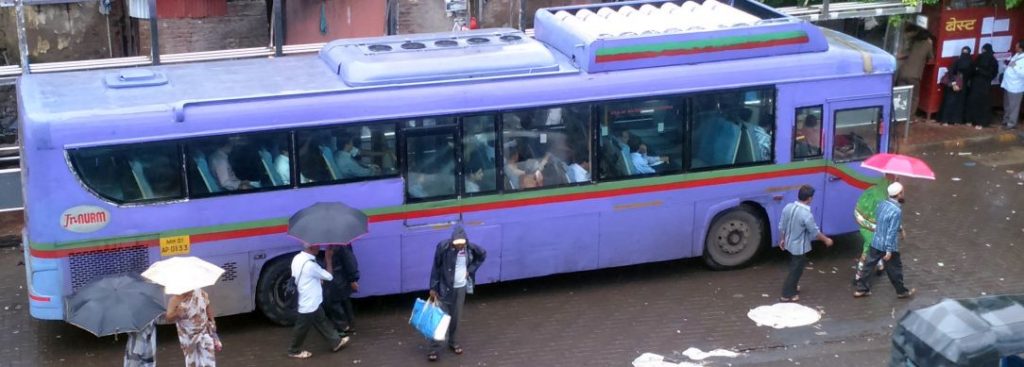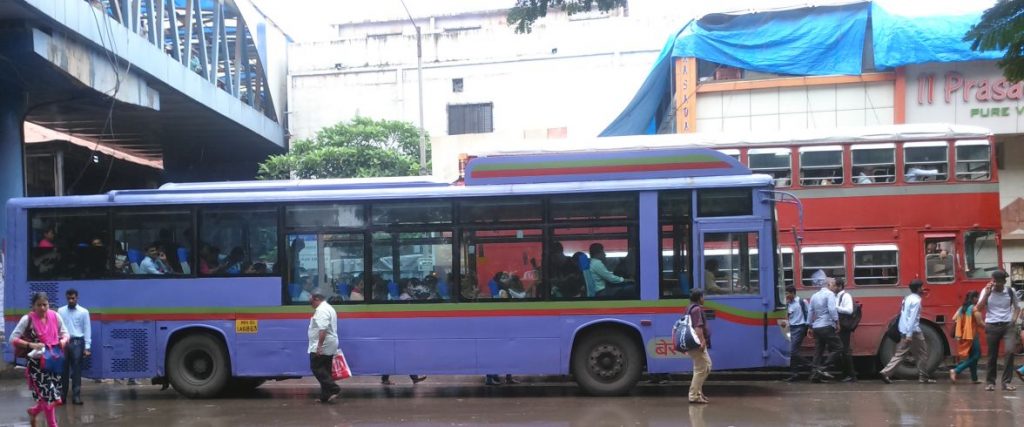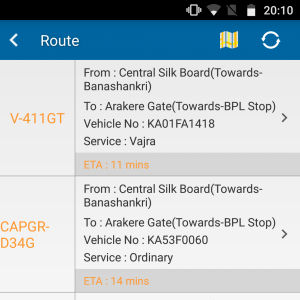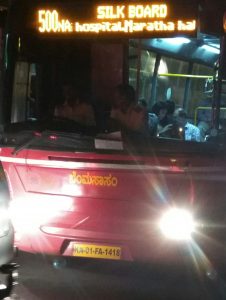Cupertino: A day after Apple announced the new iPhone 7, iPhone 7 Plus and Apple Watch 2, Apple has announced a new feature in the iPhone 7 that is bound to excite users, mainly in what is seen as an attempt to explain why the new phones do not have a 3.5mm headphone jack.
Independent and out of work reporter Aapil Saathukudinathan managed to sneak in through the air ducts of Apple’s head office at 1, Infinity Loop and hold a developer hostage with smelly socks till he divulged details of Apple’s top secret plans.
What he reveals, of course, is quite amazing. Aapil writes:
Apple is working on revolutionising the Transportation sector. They’re planning to take on Uber, Tesla, General Motors head on.
For the past six years, Apple has had a new Underground Research and Development centre, located under ground somewhere in the Rocky Mountains. They’ve been trying to build a prototype of a personal transit vehicle, intriguingly called the iCar. The prototype did revolutionise transit by providing an electric car with completely closed windows and air-conditioning all at all times, but failed because charging it with the Apple Lightning Connector wasn’t such a great idea. A proposal to produce a prototype iBike was trashed because bikes were apparently too mainstream for Apple. A similar iBus prototype model was built, but it had the same problem as the others. After an intervention from the Government of the US, Apple worked on a prototype at Area 51 for an iPlane based iSpaceship. However, all of these were scrapped because of the Lightning Charger.
Now, coming back to the iPhone 7. While most people think that removing the 3.5mm headphone jack was foolish, Apple has indeed, had other plans for it. The removal of the jack was to position a new microchip, which Apple calls iTransit.
This iTransit chip, is also the reason behind Apple’s new AirPods. These new devices, which have a built in accelerometers and optical sensors, also feature a Revolutionary Thrust Engine within them.

This new Thrust Engine, thankfully not called iThrust, will literally lift the user into the sky and fly them to their destination. The device shape will ensure that they don’t fall out of the user’s ears. The iTransit app, will track users realtime, and automatically make adjustments to prevent traffic jams and collisions mid-air.
To travel, all one needs to do is wear the new AirPods, open the iTransit app [still in development], and enter the destination. The AirPods, once they use the advanced technology to ensure that they are properly placed in the ear, will automatically power itself up and take the user to their destination. During flight, a user can use the AirPods as headphones as well and continue listening to their beats. iTransit can also be controlled using Siri.
However, iTransit will be a paid service. While the App itself will cost $1.99 to purchase from the iTunes App Store, Apple will also charge users for using the service. Users can either pay for an unlimited plan, or a pay-as-you-use plan on a distance wise-basis. A free plan will also be introduced, wherein ads will be played during transit.
Apple intends to market this to China where 100km long traffic jams have been experienced and India, because everybody from Bangalore is complaining about Central Silk Board.
Once Aapil Saathukudinathan, managed to sneak his way out, for the Apple employee had passed out due to the smelly socks, he made his way to the Googleplex at 1600 Amphitheatre Parkway in Mountain View and later on to Redmond to the Microsoft head office. Alphabet immediately announced plans to put the Google Driverless Car on standby and start work on a new and updated version of Google Glasses called Google Fly which would allow people to fly, while Microsoft decided, they’d provide the software to Google for the new product.
Aapil Saathukudinathan is now back in India, after having fooled the US and Indian authorities by flying without a valid visa.
Note: All content in this article is fictitious, and must not be taken seriously. This article is satire, and should ideally be treated as such.
![]()


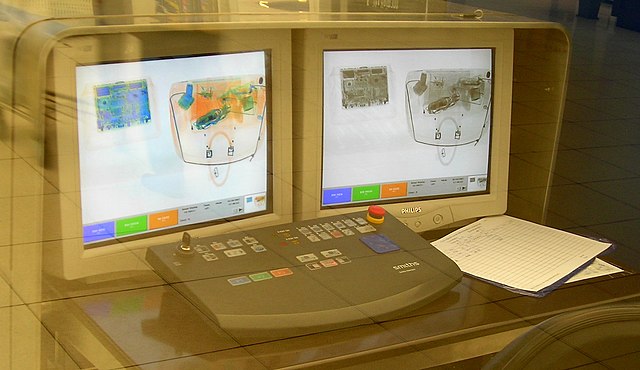
![Chandigarh Transport Undertaking [CTU]'s Corona bus on Route 38 at the Mohali terminal of the airport.](https://upload.wikimedia.org/wikipedia/commons/thumb/8/83/CTU-38-Corona-IXC.jpg/640px-CTU-38-Corona-IXC.jpg)

